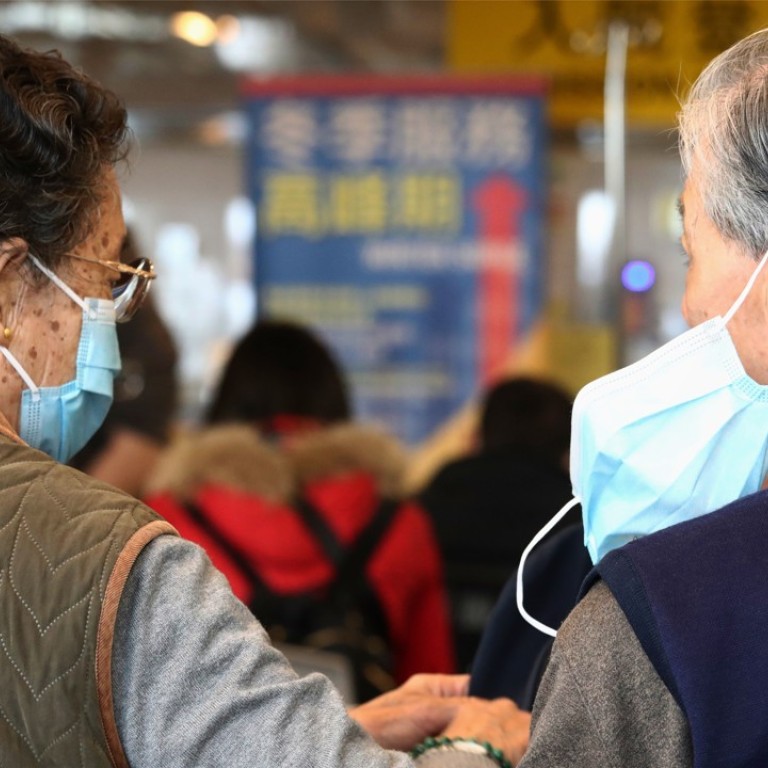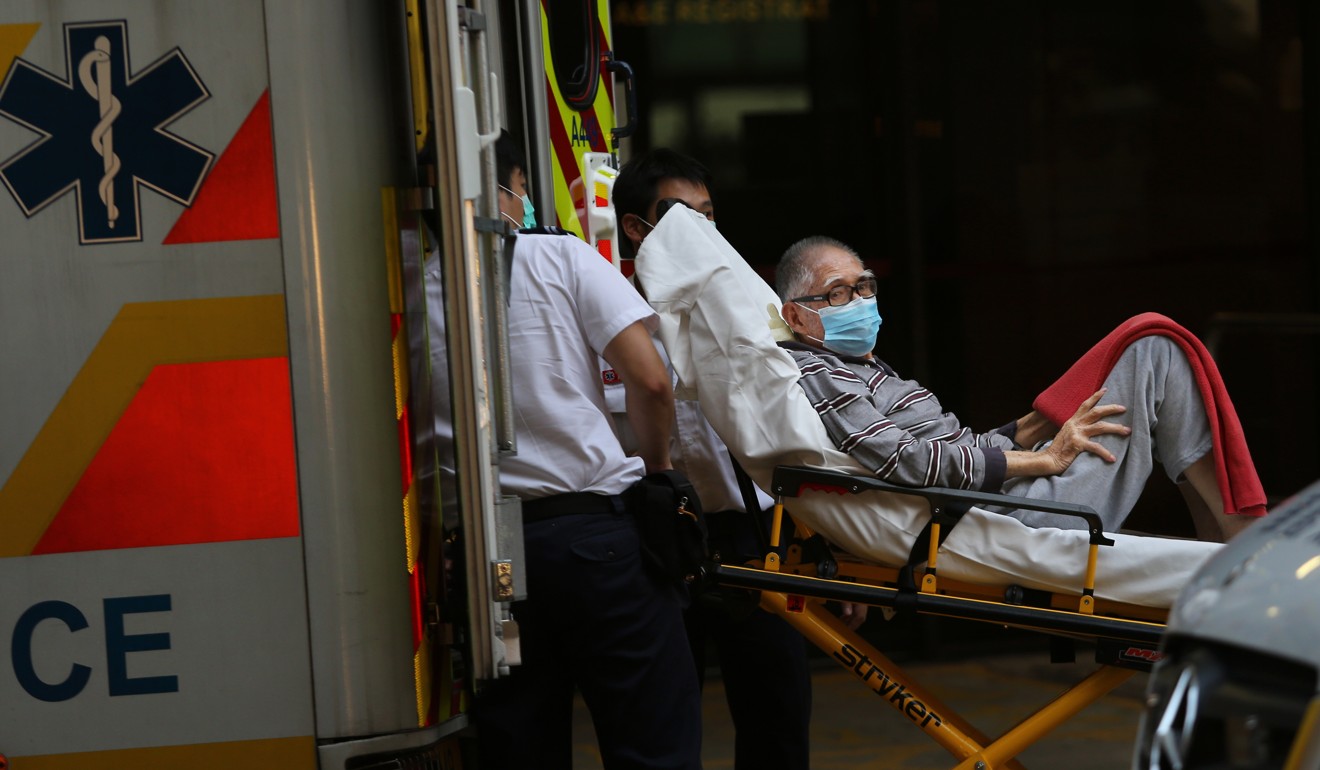
Hong Kong’s overstretched public hospitals see repeat visits from elderly lacking chronic disease and welfare help in community
Study done in two of the city’s public hospitals finds 20 per cent of those over 65 readmitted within a month because of insufficient community care and social services
Close to half of elderly patients admitted to public hospitals in Hong Kong could be treated within the community if there was sufficient care for chronic diseases and geriatric problems, a study by the think tank Our Hong Kong Foundation has revealed.
It also found that because of insufficient welfare and social services, about 20 per cent of senior citizens who were treated in hospital were readmitted within a month of discharge.
That showed the urgent need for the health system to focus on providing better primary care to serve Hongkongers who were ageing and suffering from chronic diseases, instead of relying on already overburdened hospitals, experts said.

Dr Yeoh Eng-kiong, a public health professor at Chinese University who presented preliminary findings from the study conducted at two local public hospitals, said ageing was not an issue but it did mean a higher rate of chronic disease sufferers.
“Our numbers are quite dramatic. When you are aged 40-49, 7 per cent will have at least two chronic diseases. When you reach the age of 70, half of the people of Hong Kong have more than two chronic diseases,” he said.
The former secretary for food and health, who leads health care and ageing policy research at the foundation, said 80 per cent of Hongkongers would flock to public sector services when they had chronic diseases, despite only 25 per cent doing so to treat non-chronic problems.
Is happiness linked to long life? Hongkongers buck the trend
Public medical services are provided by the Hospital Authority, which has 43 hospitals and institutions, 48 specialist outpatient clinics and 73 general outpatient clinics. There are 12 private hospitals. As of 2015, there were 102 private medical clinics.
Yeoh said the problem with the health system was that the public sector dealt with hospital care and private sector mainly gave primary care.
“With this sort of segmentation when people start having chronic disease, they go to the public sector. But the problem is the public sector is limited, so people go to the private sector as well.”
This meant an overlap of care, and “obviously the quality of care will be poor”.

But there are proposals to improve this, with the government planning for a primary health care network across the city’s 18 districts.
The hub will prioritise treating patients with hypertension, diabetes and obesity when it opens in the third quarter next year, and users will get a government subsidy and fee caps on services.
This doctor has seen thousands of people die – this is what he’s learned
At the foundation’s event on Thursday, Yeoh and the director of the World Health Organisation Western Pacific region’s division of health systems, Dr Vivian Lin, spoke about how health services needed to focus on primary and community care, instead of these playing a supplementary role to hospital care.
“We at WHO believe that people-centred, integrated health services, with primary health care as the core, are the foundation for universal health coverage,” Lin said.
Lin said later: “My sense is there is huge fiscal pressure [in Hong Kong], there is a real need to really strengthen primary health care here.”
Former chief executive Tung Chee-hwa established the think tank in 2014.

